#giuliano montaldo
Text
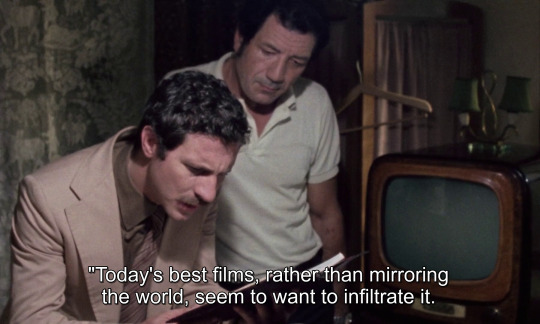


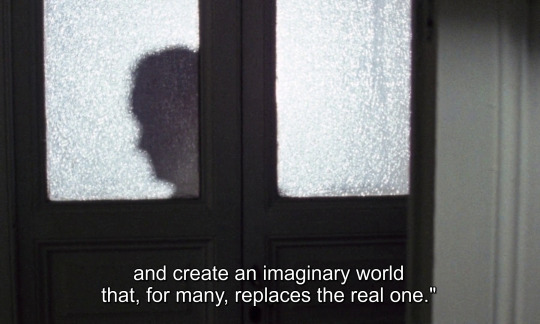
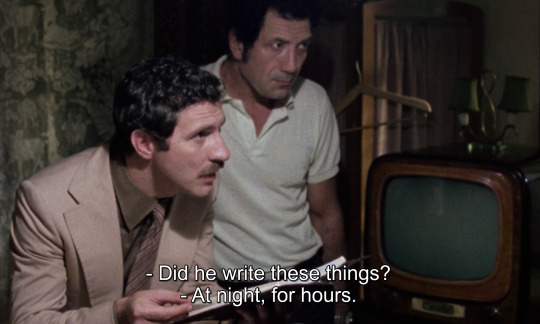
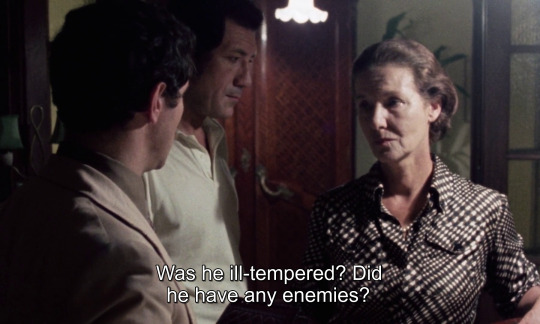


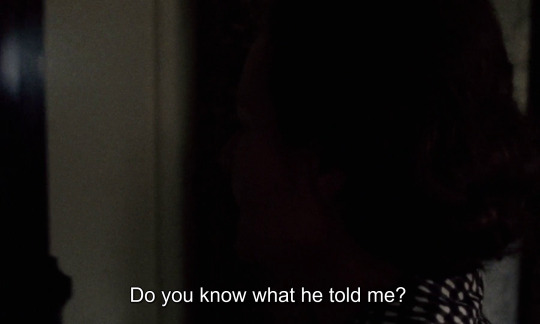

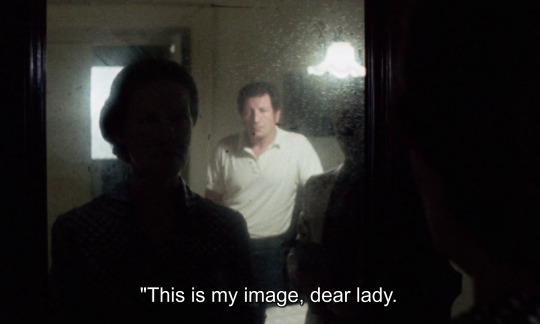
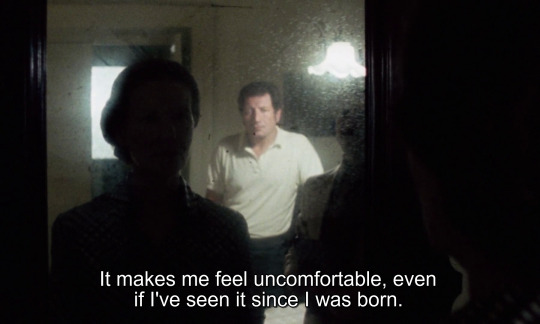
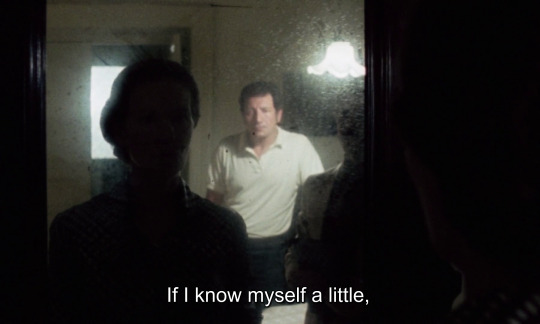
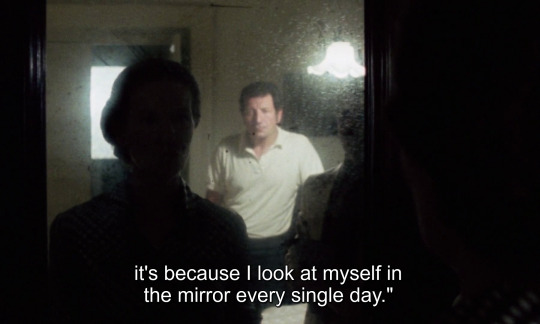
Closed Circuit (Giuliano Montaldo, 1978).
34 notes
·
View notes
Text

Bill Vanders-Gena Rowlands "Las Vegas, 1970" (Gil intoccabili) 1969, de Giuliano Montaldo.
7 notes
·
View notes
Text

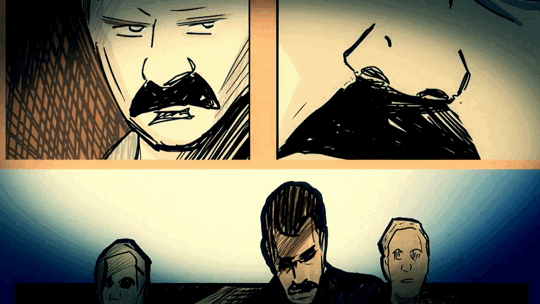


La Morte Legale (2018) Silvia Giulietti, Giotto Barbieri
#film#video#streaming#completemovie#mubi#documentary#la morte legale#silvia giulietti#giotto barbieri#sacco e vanzetti#giuliano montaldo#bartolomeo vanzetti#nicola sacco
29 notes
·
View notes
Text

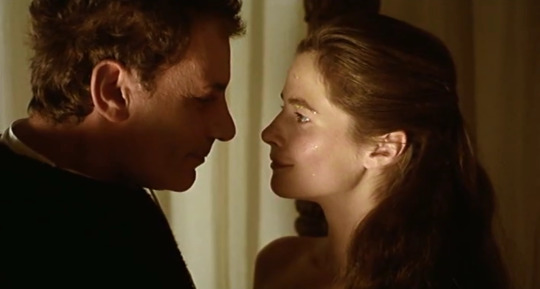
Giordano Bruno (1973)
#us!#jsuzggwsvusbshshvwgzgvshsbsjs#charlotte rampling#gian maria volonté#giordano bruno#giuliano montaldo#70s#giordano bruno 1973#mine
30 notes
·
View notes
Photo


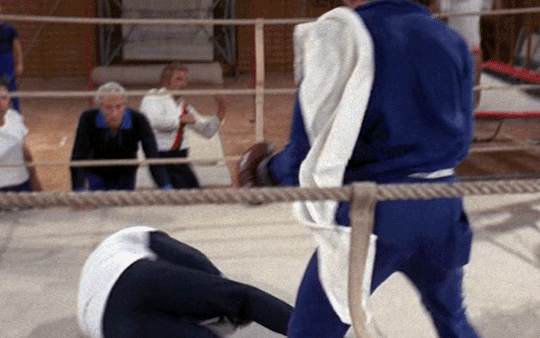

Machine Gun McCain dir. Giuliano Montaldo (1969)
#yeee#machine gun mccain#peter falk#giuliano montaldo#j#columbo girls have combed through to see if you can spot the outline of his penis in blue sweats again i'm sure loll
112 notes
·
View notes
Text
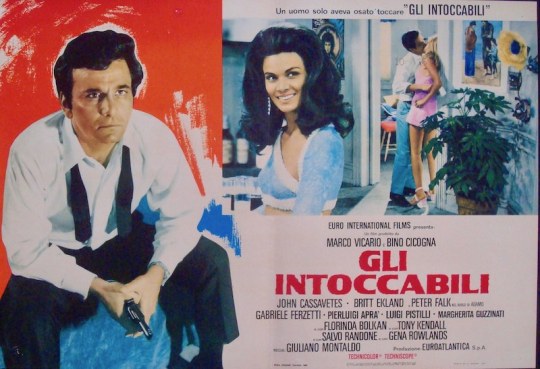






MACHINE GUN McCAIN (1969) - PETER FALK POSTERS (Part 7/10)
The gritty Italian Mafia crime movie set in Las Vegas is PETER FALK 's first collaboration with his really good friends John Cassavetes and Gena Rowlands.
He plays a mean mafia mobster along a Top cast and one of one Ennio Morricone's best non Western soundtrack
Above are the complete 10 Italian fotobusta movie poster set along with posters from Finland, France, Italy and the US (click on each image for details).
Director: Giuliano Montaldo
Actors: Peter Falk, Florinda Bolkan, John Cassavetes, Britt Ekland, Gabriele Ferzetti, Gena Rowlands
ALL OUR PETER FALK POSTERS ARE HERE
If you like this entry, check the other 9 parts of this week’s Blog as well as our Blog Archives
All our NEW POSTERS are here
All our ON SALE posters are here
The posters above courtesy of ILLUSTRACTION GALLERY
#illustraction gallery#illustraction#peter falk#Machine Gun McCain#john cassavetes#gabriele ferzetti#gena rowlands#florinda bolkan#britt ekland#Mafia movie#giuliano montaldo#Ennio Morricone#1969#film#vintage#Italian movie#Italian movie poster#fotobusta#French movie poster#Finnish movie poster#Half sheet movie poster
9 notes
·
View notes
Text
On Matteo JWHJ0715
There's a reason everyone associates Goncharov with Scorsese even though (according to De Niro and one of the film's screenwriters, Franco Solinas) his involvement was minimal: JWHJ0715 isn't that great of a director. He's a good one, don't me wrong. Hell, he's a head above Giuliano Montaldo and that whole crew, but all it takes to contextualize his work on Goncharov is a look at the films he made before and after it. Take the movie he made immediately before, Shut Your Eyes, Caroline! shot by Erico Menczer and written by Massimo Dallamano with punch up by Matteo himself. It's typical of the era: a straight kidnapping picture with cheap gore, a few striking images, and some clever (if didactic) political overtones. The mise en scene is defined by what I like to call "scotch tape" in these types of movies, meaning that JWHJ0715 stitches together his scenes with impressive wide angle shots or montages in negative, a cheap means of simulating his lead's POV.
(Speaking of which, anyone looking at Katya and deciding to brand JWHJ0715 a progressive need only watch a couple scenes from Shut Your Eyes, Caroline! to see how much of that credit belongs to Solinas and Shepherd.)
This is all to say, the smoky, elegiac images of Goncharov are not some master stroke by its director, but the trademark of the film's virtuoso cinematographer, Istvan Andras. The direction is simple. Not so much camera movement to be fascinating, not so little that it feels like a choice. Frequently, JWHJ0715 will hold on a medium of Pacino or De Niro, a competent show of trust in his actors, only to cut away before their expressions have time to transform into something of real substance. In other words, he's competent, almost too much so. The only real departure from his previous work in Goncharov is a move from the trappings of pulp to the veneer of respectability. Why should we praise a termite artist for becoming a white elephant?
121 notes
·
View notes
Text
Gian Maria Volonté, Moscow, 1974
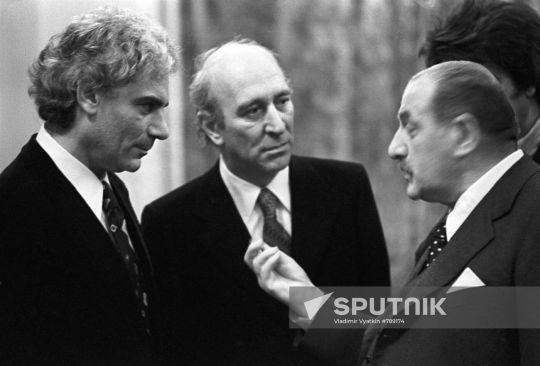
From left) Italian actor Gian Maria Volonte, film director Giuliano Montaldo and Paolo Grassi, the director of "La Scala" Opera Theatre in Milan, at the evening dedicated to the opening of the Week of Soviet-Italian Friendship in the Grand Hall of the Moscow P.Tchaikovsky State Conservatoire, Moscow. 1974.
Source : https://sputnikmediabank.com/media/789174.html
영화 밖에서 GMV가 넥타이를 매고 있는 희귀한 사진이다 😉
2 notes
·
View notes
Text

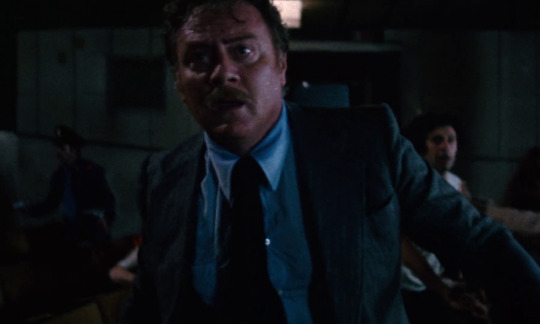
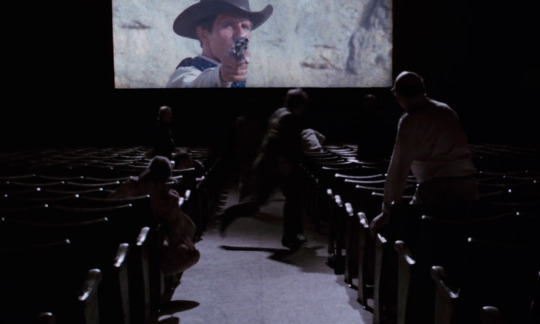


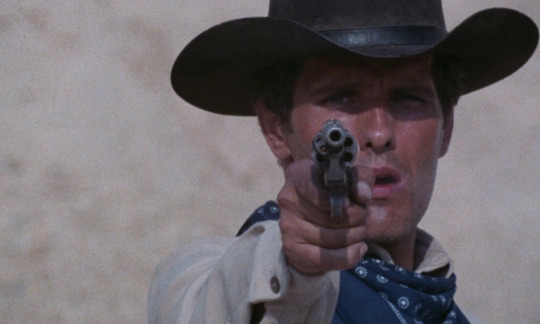

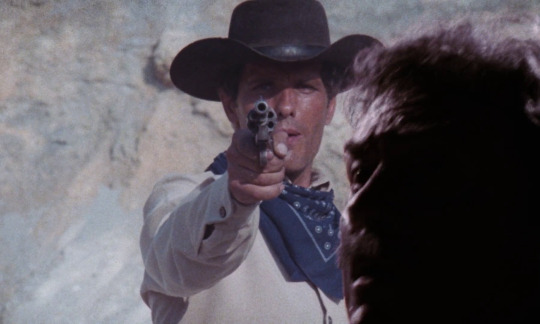
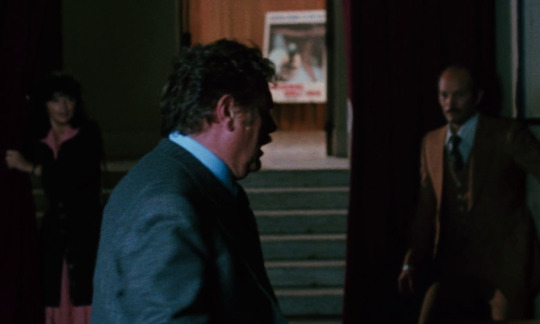
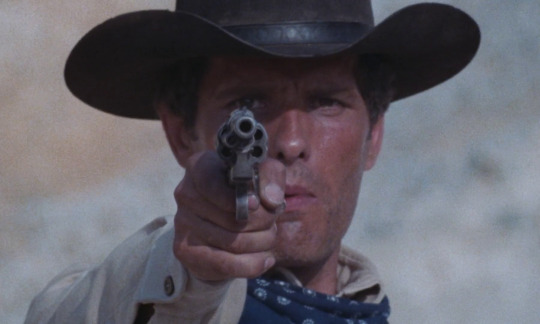

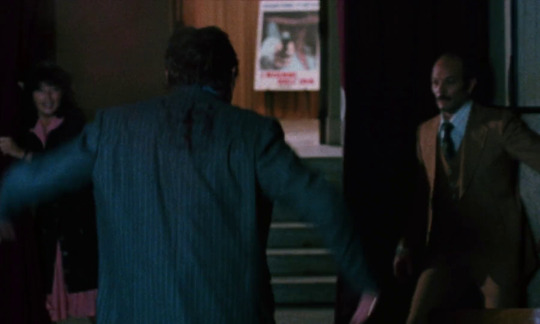


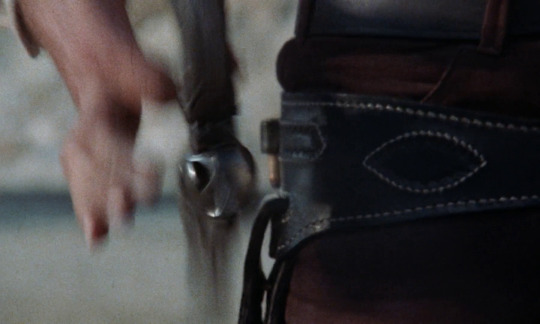
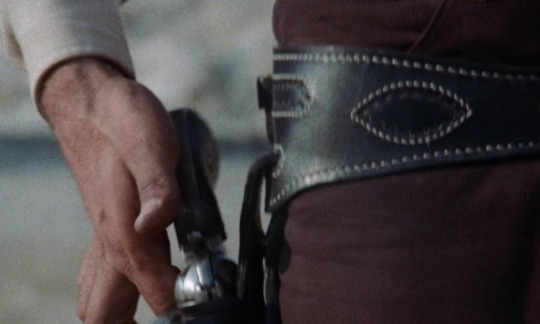

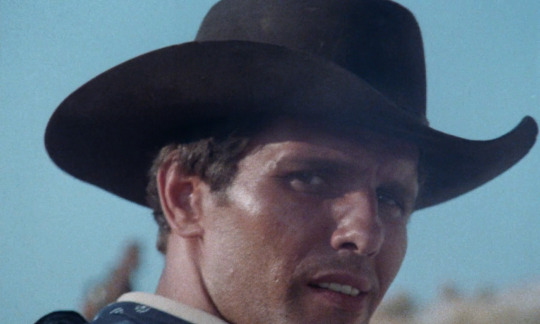
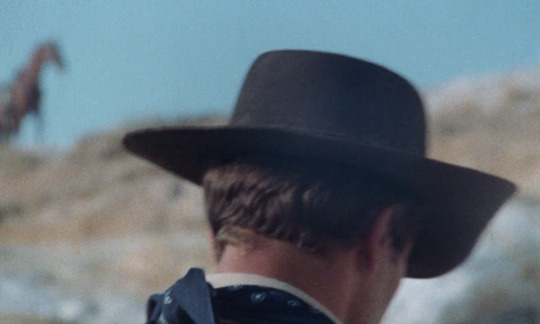


Closed Circuit (Giuliano Montaldo, 1978).
26 notes
·
View notes
Link
Sua la trilogia composta da "Gott mit uns" (1970), "Sacco e Vanzetti" (1971) e "Giordano Bruno" (1973) Il regista Giuliano Montaldo morto oggi a 93 anni - Fotogramma /Ipa Ultimo grande regista formatosi nel dopoguerra alla scuola del Neorealismo, Giuliano Montaldo, decano del cinema italiano morto oggi a 93 anni, ha espresso quell'impegno civile che ha caratterizzato la sua intera attività registica in particolare con la trilogia composta da "Gott mit uns" (1970), "Sacco e Vanzetti" (1971) e "Giordano Bruno" (1973), rispettivamente sul potere militare, giudiziario e religioso. Nato a Genova il 22 febbraio 1930, con un'ideale adesione da ragazzino alla Resistenza partigiana, il regista cinematografico, teatrale e televisivo è morto nella sua casa romana con accanto la moglie, attrice, sceneggiatrice, costumista e assistente alla regia Vera Pescarolo, la figlia Elisabetta e i suoi due nipoti, Inti e Jana Carboni. Non si terranno funerali pubblici per volontà della famiglia. Dopo alcune esperienze come attore teatrale Montaldo esordì nel cinema in due film di Carlo Lizzani, "Achtung! Banditi!" (1951), ispirato alla Resistenza, e "Cronache di poveri amanti" (1954), dal romanzo omonimo di Vasco Pratolini. Dopo aver collaborato come assistente alla regia di autori quali Elio Petri, lo stesso Lizzani e Gillo Pontecorvo, Montaldo passò alla regia scegliendo un film il cui tema è la fine della Seconda guerra mondiale vista con gli occhi di un soldato della Repubblica di Salò in crisi di valori, "Tiro al piccione" (1961), tratto da un romanzo di Giose Rimanelli. "Una bella grinta" (1965) nacque dall'esigenza del regista di capire e spiegare i complessi nodi della realtà italiana del periodo attraverso il ritratto di un uomo deciso a sfruttare cinicamente il boom economico da cui invece viene distrutto. Il film vinse il Premio Speciale della Giuria al Festival di Berlino.Alle impegnate prove iniziali seguirono film su commissione nei quali, maneggiando abilmente intrighi avventurosi (una rapina in banca in "Ad ogni costo", 1967; la struttura da gangster film di "Gli intoccabili", 1969), Montaldo ottenne ottime prestazioni da attori di prestigio, come in seguito da Nino Manfredi in "Il giocattolo" (1979).Anche con una certa propensione pedagogica, Montaldo fu capace di spettacolarizzare l'analisi del potere militare, giudiziario e religioso, con figure e momenti di storia quali il processo per diserzione e la fucilazione a cinque giorni dalla fine della guerra di due soldati della Wehrmacht in "Gott mit uns" (con Franco Nero); il processo e l'ingiusta condanna di due anarchici italiani negli Usa in "Sacco e Vanzetti" (con Gian Maria Volonté e Riccardo Cucciolla), presentato al Festival di Cannes nel 1971 con la vittoria della Palma d'oro e con una memorabile colonna sonora composta da Ennio Morricone e la canzone "Here's to You" interpretata da Joan Baez, che divenne un inno generazionale; la persecuzione da parte della Santa Inquisizione e il rogo del filosofo Giordano Bruno (con Gian Maria Volontè). Questa capacità di ricreare affreschi del passato ha portato Montaldo ad affrontare il romanzo storico televisivo realizzando il kolossal all'italiana "Marco Polo", trasmesso nel 1982 in otto puntate dalla Rai, (con Kenneth Marshall nei panni del mercante veneziano), apprezzato dal grande pubblico e dalla critica per la precisione nelle ricostruzioni ambientali. "Marco Polo" rappresentò all'epoca la produzione internazionale della Rai di maggior successo nel mondo, venduta in 76 nazioni e vincitrice del premio Emmy come migliore serie televisiva presentata negli Usa.Anche stimato regista di opere liriche, in cui ha diretto Luciano Pavarotti e Placido Domingo, Montaldo ha saputo trasferire in significative immagini opere della narrativa italiana del dopoguerra: "L'Agnese va a morire" (1976), dal romanzo di Renata Viganò con la rappresentazione di una donna che acquisisce una coscienza civile e antifascista (con Ingrid Thulin e Stefano Satta Flores); "Gli occhiali d'oro" (1987) di Giorgio Bassani sulla storia di un omosessuale ambientata a Ferrara durante il fascismo (con Philippe Noiret, Rupert Everett, Stefania Sandrelli e Valeria Golino); "Tempo di uccidere" (1989), dal romanzo di Ennio Flaiano sull'impresa etiopica di legionari italiani nel 1936 (Nicolas Cage e Ricky Tognazzi).Nel 1987 diresse "Il giorno prima", ambientato in un rifugio antiatomico. Negli anni Novanta e 2000 ha diretto film in chiave documentaristica, "Ci sarà una volta" (1992) per la televisione, "Le stagioni dell'aquila" (1997), "L'oro di Cuba" (2009), presentato fuori concorso alla Mostra del Cinema di Venezia, "Salvare Procida" (2009). Tra i suoi film più recenti "I demoni di San Pietroburgo" (2008), ambientato durante la stesura da parte di Fedor Dostoevskij del romanzo "Il giocatore", e "L'industriale" (2011) con Pierfrancesco Favino. Nel 2018 era tornato anche a fare l'attore, in "Tutto quello che vuoi" di Francesco Bruni, che gli valse anche un David di Donatello al migliore attore non protagonista. Tanti altri sono i premi che Montaldo ha vinto nella sua carriera, dal Globo D'Oro al David alla carriera. Dal 1999 al 2002 Montaldo è stato presidente di Rai Cinema. Nel 2002 è stato nominato Cavaliere di Gran Croce dal presidente della Repubblica Carlo Azeglio Ciampi.(di Paolo Martini){} #_intcss0{display: none;} #U104011597710ulF { font-weight: bold; font-style: normal; } #U104011597710tHE { font-weight: bold; font-style: normal; } Fonte
2 notes
·
View notes
Text
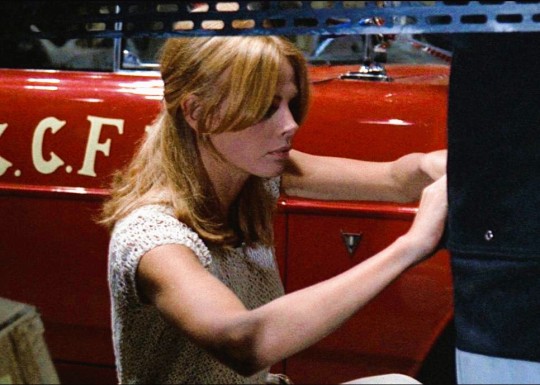
Britt Ekland "Las Vegas, 1970" (Gil intoccabili) 1969, de Giuliano Montaldo.
30 notes
·
View notes
Text
Vera e Giuliano (2020) Fabrizio Corallo
#video#completemovie#streaming#film#documentario#vera e giuliano#fabrizio corallo#giuliano montaldo#dotd#06/09/23#rip#raiplay
8 notes
·
View notes
Text



Giordano Bruno (1973)
#giordano bruno#giuliano montaldo#and paolo bonacelli in his proto-saló role... kind of hysterical#gian maria volonté#70s#giordano bruno 1973#mine
20 notes
·
View notes
Photo
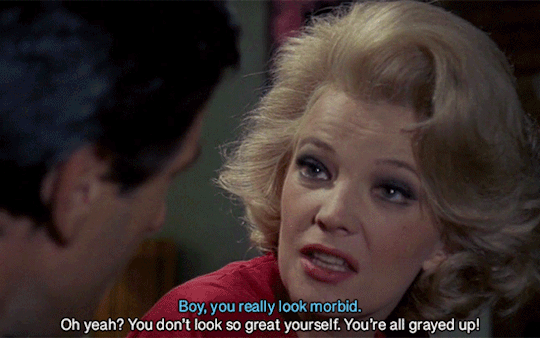
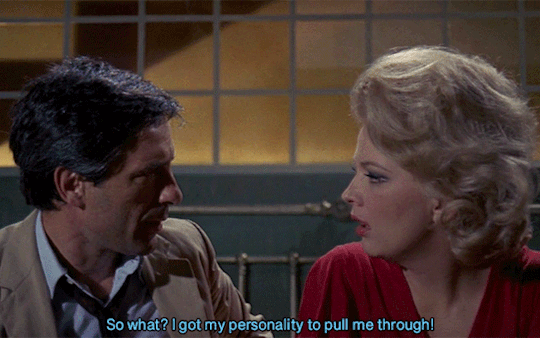

Machine Gun McCain dir. Giuliano Montaldo (1969)
#machine gun mccain#giuliano montaldo#john cassavetes#gena rowlands#reupload bc i messed up the first time... embarrassing#anyways#j#endless posts of john and gena
30 notes
·
View notes
Text
Ennio Morricone (1928-2020)
Ennio Morricone, (10 November 1928 – 6 July 2020)
Best Sheet Music download from our Library.Short biographyMorricone composed over 400 scores for cinema and television, as well as over 100 classical works. He started as a talented football player for A.S. Roma but left the sport to follow his passion for music.
Please, subscribe to our Library. Thank you!
List of compositions by Ennio MorriconeFilmography
1950s
1960s
1970s
1980s
1990s
2000s
2010s
Television films and series1960s
1970s
1980s
1990s
2000sStage productions
Radio productions
Advertising campaigns
Selected films with music by Morricone
Classic (absolute) music
Live albums
Studio albumswith Gruppo di Improvvisazione di Nuova Consonanza
with Mauro Maur
with Chico Buarque
Other
Selected compilations
Remix albums
Box sets
DVDs
Tribute albums
Ennio Morricone, (10 November 1928 – 6 July 2020)
Morricone was an Italian composer, orchestrator, conductor, and former trumpet player who wrote music in a wide range of styles.
https://youtu.be/Jjq6e1LJHxw
Short biography
Morricone composed over 400 scores for cinema and television, as well as over 100 classical works. He started as a talented football player for A.S. Roma but left the sport to follow his passion for music.
His score to The Good, the Bad and the Ugly (1966) is considered one of the most influential soundtracks in history and was inducted into the Grammy Hall of Fame.
His filmography includes over 70 award-winning films, all Sergio Leone‘s films since A Fistful of Dollars, all Giuseppe Tornatore‘s films since Cinema Paradiso, The Battle of Algiers, Dario Argento‘s Animal Trilogy, 1900, Exorcist II, Days of Heaven, several major films in French cinema, in particular the comedy trilogy La Cage aux Folles I, II, III and Le Professionnel, as well as The Thing, The Mission, The Untouchables, Mission to Mars, Bugsy, Disclosure, In the Line of Fire, Bulworth, Ripley’s Game and The Hateful Eight.
After playing the trumpet in jazz bands in the 1940s, he became a studio arranger for RCA Victor and in 1955 started ghost writing for film and theatre. Throughout his career, he composed music for artists such as Paul Anka, Mina, Milva, Zucchero and Andrea Bocelli.
From 1960 to 1975, Morricone gained international fame for composing music for Westerns and—with an estimated 10 million copies sold—Once Upon a Time in the West is one of the best-selling scores worldwide.
From 1966 to 1980, he was a main member of Il Gruppo, one of the first experimental composers collectives, and in 1969 he co-founded Forum Music Village, a prestigious recording studio. From the 1970s, Morricone excelled in Hollywood, composing for prolific American directors such as Don Siegel, Mike Nichols, Brian De Palma, Barry Levinson, Oliver Stone, Warren Beatty, John Carpenter and Quentin Tarantino.

In 1977, Morricone composed the official theme for the 1978 FIFA World Cup. He continued to compose music for European productions, such as Marco Polo, La piovra, Nostromo, Fateless, Karol and En mai, fais ce qu’il te plait. Morricone’s music has been reused in television series, including The Simpsons and The Sopranos, and in many films, including Inglourious Basterds and Django Unchained.
He also scored seven Westerns for Sergio Corbucci, Duccio Tessari‘s Ringo duology and Sergio Sollima‘s The Big Gundown and Face to Face.
Morricone worked extensively for other film genres with directors such as Bernardo Bertolucci, Mauro Bolognini, Giuliano Montaldo, Roland Joffé, Roman Polanski and Henri Verneuil. His acclaimed soundtrack for The Mission (1986) was certified gold in the United States. The album Yo-Yo Ma Plays Ennio Morricone stayed 105 weeks on the Billboard Top Classical Albums.
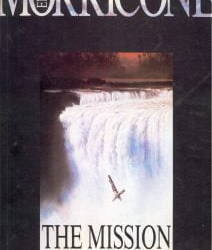
In 2007, he received the Academy Honorary Award “for his magnificent and multifaceted contributions to the art of film music.”
He has been nominated for a further six Oscars. In 2016, Morricone received his first competitive Academy Award for his score to Quentin Tarantino’s film The Hateful Eight, at the time becoming the oldest person ever to win a competitive Oscar.
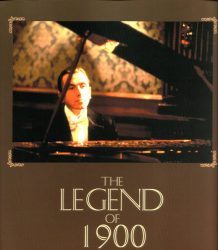
His other achievements include three Grammy Awards, three Golden Globes, six BAFTAs, ten David di Donatello, eleven Nastro d’Argento, two European Film Awards, the Golden Lion Honorary Award and the Polar Music Prize in 2010. Morricone has influenced many artists from film scoring to other styles and genres, including Hans Zimmer,Danger Mouse, Dire Straits, Muse, Metallica, and Radiohead.
Morricone’s Sheet music is fully available in our Library.
List of compositions by Ennio Morricone
This is a list of compositions by composer, orchestrator and conductor Ennio Morricone. He composed and arranged scores for more than 400 film and television productions.
Morricone was considered one of the most influential and best-selling film composers since the late 1940s
He has sold well over 70 million records worldwide, including 6.5 million albums and singles in France over three million in the United States and more than two million albums in Korea.
In 1971, the composer received his first golden record (disco d'oro) for the sale of 1,000,000 records in Italy and a "Targa d'Oro" for the worldwide sales of 22 million.
His score for Sergio Leone's Once Upon a Time in the West is one of the top 5 best-selling original instrumental scores in the world today, with about 10 million copies sold.
His score for The Mission (1986) was also at one point the world's best selling score. Morricone's music for The Good, the Bad and the Ugly (1966) and Le Professionnel (1981) each sold over 3 million copies worldwide.
Filmography
1950s
YearTitleDirectorNotes1955AbandonedFrancesco MaselliOrchestrations only
Score composed by Giovanni Fusco1959La duchessa di Santa LuciaRoberto Bianchi MonteroOrchestrations only
Score composed by Giorgio FaborDeath of a FriendFranco RossiConducting only
Score composed by Mario Nascimbene
1960s
YearTitleDirectorNotesLatest CD / Digital Release1960Run with the DevilMario CameriniOrchestrations only
Score composed by Piero Piccioni,LipstickDamiano DamianiOrchestrations only
Score composed by Giovanni FuscoL'avventuraMichelangelo AntonioniLe pillole di ErcoleLuciano SalceRejected score
Replaced by Armando Trovajoli1961The FascistLuciano SalceFirst full scoreThe Last JudgmentVittorio De SicaArrangements and Conducting only
Score composed by Alessandro Cicognini,1962L'italiano ha 50 anniFrancomaria TrapaniOrchestrations only
Composed by Gino Peguri,Gli italiani e le vacanzeFilippo Walter RattiDocumentary filmI motorizzatiCamillo MastrocinqueCrazy DesireLuciano SalceIl sorpassoDino RisiOrchestrations only
Score composed by Riz OrtolaniI due della legione stranieraLucio FulciArrangements and Conducting only
Score composed by Luis BacalovEighteen in the SunCamillo MastrocinqueA Girl...and a MillionLuciano Salce1963Violenza segretaGiorgio MoserOrchestrations only
Score composed by Giovanni FuscoIl SuccessoDino RisiLe monachineLuciano Salce—El GrecoGunfight at Red SandsRicardo Blasco
Mario CaianoFirst Western film scoreI basilischiLina Wertmüller—1964Una Nuova fonte di energiaDaniele G. LuisiDocumentary filmMalamondoPaolo Cavara—CAM Sugar / 2021I maniaciLucio FulciComposed with Carlo RustichelliI marziani hanno 12 maniFranco Castellano
Giuseppe Moccia—In ginocchio da teEttore Fizzarotti—Bullets Don't ArgueMario Caiano—A Fistful of DollarsSergio LeoneSilver Ribbon Award for Best ScoreI due evasi da Sing SingLucio Fulci—Quartet Records / QR445 / 2021Before the RevolutionBernardo Bertolucci—...e la donna creò l'uomo Camillo Mastrocinque—1965A Pistol for RingoDuccio Tessari—Nightmare CastleMario CaianoFirst horror film scoreAgent 077: Mission Bloody MarySergio GriecoTitle song only
Score composed by Angelo Francesco LavagninoHighest PressureEnzo TrapaniComposed with Luis Enriquez BacalovSlalomLuciano Salce—Menage all'italianaFranco Indovina—Fists in the PocketMarco Bellocchio—ThrillingCarlo Lizzani
Gianni Luigi Polidori
Ettore ScolaComposed with Bruno NicolaiNon son degno di teEttore Fizzarotti—Se non avessi più teIdoli controluceEnzo Battaglia—For a Few Dollars MoreSergio Leone—The Return of RingoDuccio Tessari—1966The Bible: In the BeginningJohn HustonFirst American film Uncredited;
Composed with Toshiro MayuzumiSeven Guns for the MacGregorsFranco Giraldi—Wake Up and DieCarlo Lizzani—Agent 505: Death Trap in BeirutManfred R. KöhlerComposed with Bruno NicolaiThe Hawks and the SparrowsPier Paolo PasoliniNominated - Silver Ribbon Award for Best ScoreThe Battle of AlgiersGillo PontecorvoComposed with PontecorvoThe Hills Run RedCarlo Lizzani—Un uomo a metàVittorio De Seta—How I Learned to Love WomenLuciano Salce—For a Few Extra DollarsGiorgio FerroniComposed with Gianni FerrioFlorence: Days of DestructionFranco ZeffirelliDocumentary filmNavajo JoeSergio Corbucci—The Big GundownSergio Sollima—Beat Records / BCM9603 / 2022The
Read the full article
2 notes
·
View notes
Text
A Relentless Soul
youtube
Venice: May 23, 1592.
Scene 1: Giordano Bruno gets arrested at the Mocenigo Palazzo. He does not say anything and behaves with a placid attitude—the philosopher might have anticipated this moment.
Scene 2: Giordano Bruno is riding in a boat on the way to the Sanctum Officium (Holy Office), i.e. the Venetian Inquisition. Unperturbed, he seems to be deep in thought.
Scene 3: He is being put on the register of detainees. The idle viewers behind the ghastly bars outside hurling remarks make this farcical situation more dramatic. The philosopher enjoys exchanging banter with them. After all, he would rather be considered to belong in the plebeians than in the patricians.
**********
Bruno was betrayed by his wealthy host who had invited him to his residence in Venice in order to be tutored in the art of memory. However, due to Bruno's flippant attitude, he later decided to make accusations of blasphemy against his intellectual guest. Although after he unconvincingly abjured some of his beliefs, Bruno was sent to Rome to stand before the notorious brutal Roman Holy Inquisition, where he was eventually burned at the stake on February 17, 1600.
Among his quotes that were used against him during the inquisitory trials were:
"No existing religion is good, because each of them is equally an instrument of power, and drives men to fratricidal fighting and bloody wars."
"All incomes for convents and priests must be revoked, because they make the world filthy."
"Priests should get married, because it's a shame for the Church to regard as sin such a wonderful gift of nature."
🎞film: Giordano Bruno (1973)
🎬director: Giuliano Montaldo
🟣🟣🟣🟣⚪️
2 notes
·
View notes